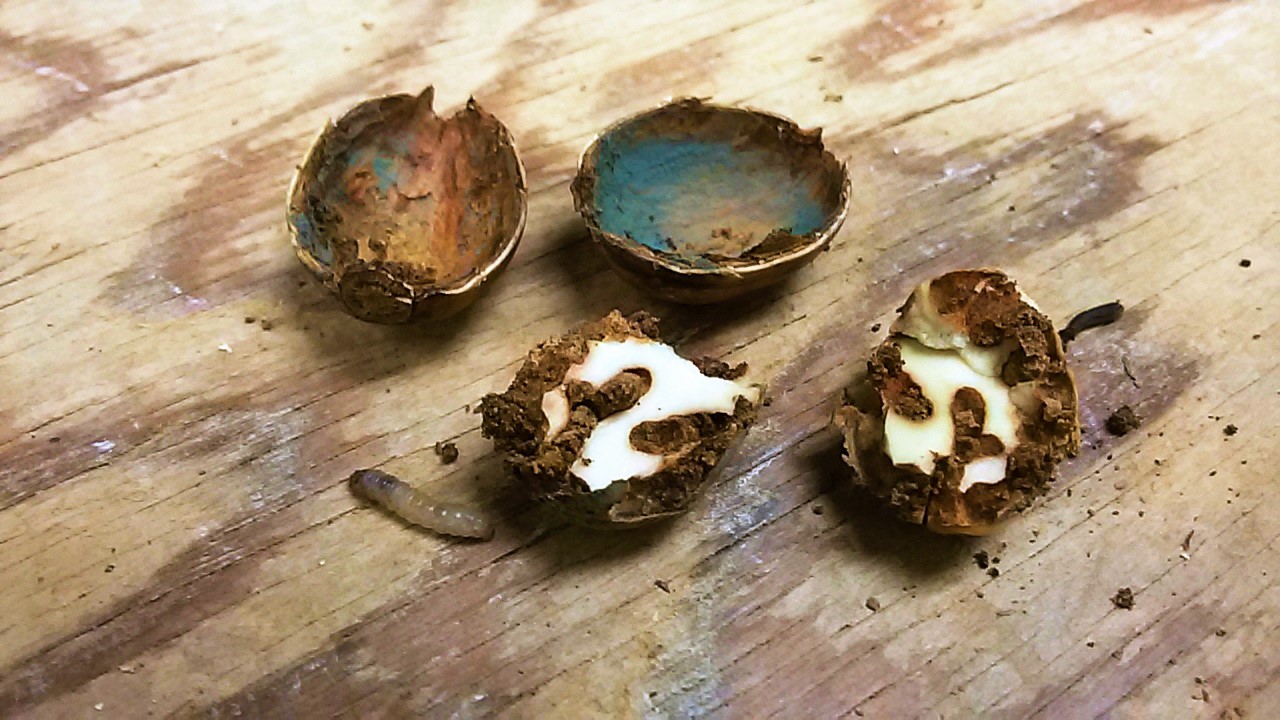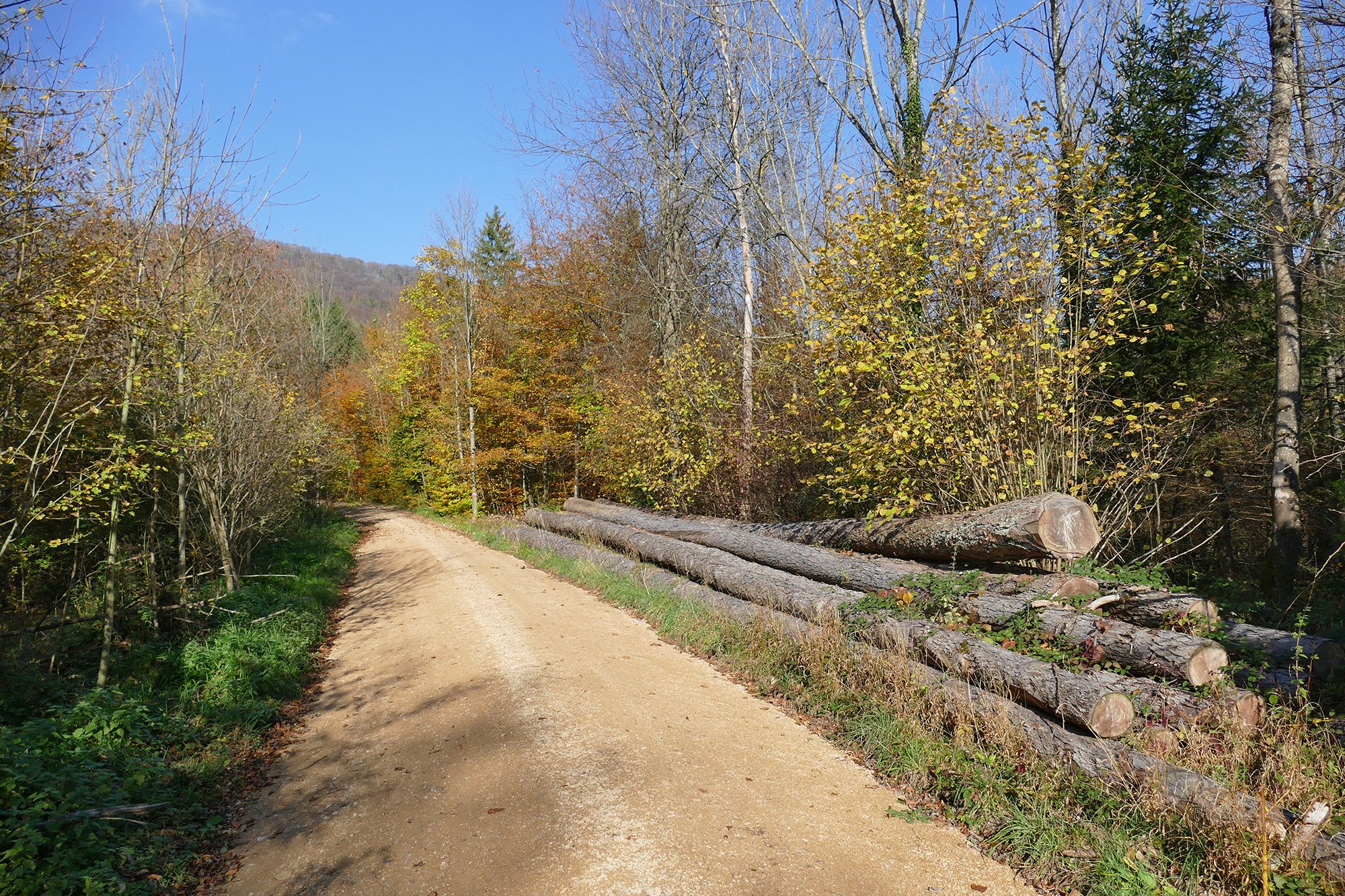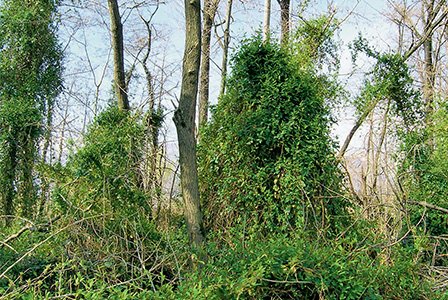Non-native insect pests and fungal pathogens present one of the major threats to trees and forest ecosystems globally, with the potential to cause significant ecological changes and economic losses.
The Asian emerald ash borer (Agrilus planipennis), for example, causes large-scale death of ash trees in North America. This insect is also present in Western Russia, and is, therefore, threatening native ash species in Europe. Similarly, the fungal pathogen Cryphonectria parasitica virtually eliminated the native American chestnut from North American forests in the early 20th Century, leading to significant changes in the forest species composition.

Fig. 1 - Acorn of Oregon White Oak (Quercus garryana) with fungus on the inside of the skin and feeding damage by weevil larvae. Photo: Iva Franić (CABI)
Researchers from the Centre for Agriculture and Bioscience International (CABI) and, among other institutions, the Swiss Federal Institute for Forest Snow and Landscape Research WSL, conducted the first study that simultaneously assessed insects and fungi associated with any type of plants for planting. In a paper, the scientists argue that the high infestation rates of seed lots of some tree species is ‘alarming’. They highlight the need to reconsider phytosanitary measures in trading tree seeds.
The researchers, who assessed insects and fungi in 58 traded seed lots of 11 coniferous and broadleaved tree species from North America, Europe and Asia, using x-ray and DNA analysis, present a range of recommendations to reduce the risks posed by seed-borne pests and fungal pathogens – including the improvement of detection techniques used by phytosanitary inspectors at borders.
Iva Franić, lead author of the study entitled ‘Are traded forest seeds a potential source of non-native pests?’, said, “The rise of imports of plants for planting from China to Europe increased six-fold from 2000 to 2018 and imports from China are now equal to imports from North America.” This poses a significant challenge at the border level when trying to prevent new pest or fungal pathogen introductions, which can have a major impact on native tree and forest ecosystems.
High infestation rates of fungi and insects
The research showed both the presence of fungi in all seed lots as well as fungi grown on non-selective agar from 96 percent of the seed lots. Around 30 percent of the seed lots contained insect larvae. The scientists found fungal abundance and diversity to be much higher than insect diversity, especially in seeds of broadleaved species.
René Eschen (CABI) says, "The trade in seeds of most species is not regulated because seeds are considered less likely to carry harmful organisms than other plants for planting. However, our results demonstrate that seeds contain many insects and fungi." Simone Prospero (WSL) adds, “The high infestation of commercially supplied seed lots is a clear indication of how often potential pests may be transported via traded seeds. Furthermore, the presence of organisms in these seeds that are already known to be pests indicates that measures should be taken to reduce pest risk.”
The scientists say that since fungal pathogens are very difficult to detect during border inspections, there is an urgent need to develop effective treatments for reducing their viability in seeds or regulate the trade in seeds of especially risky origins or species.

